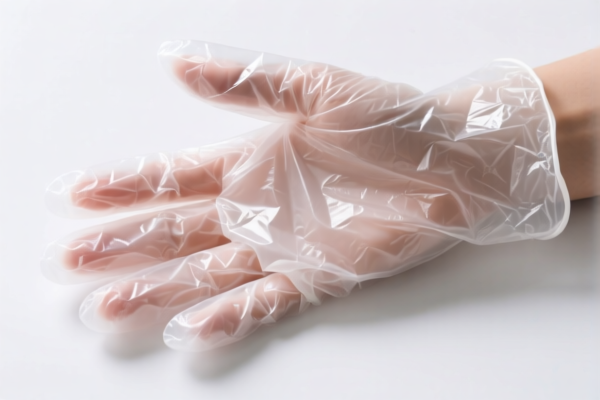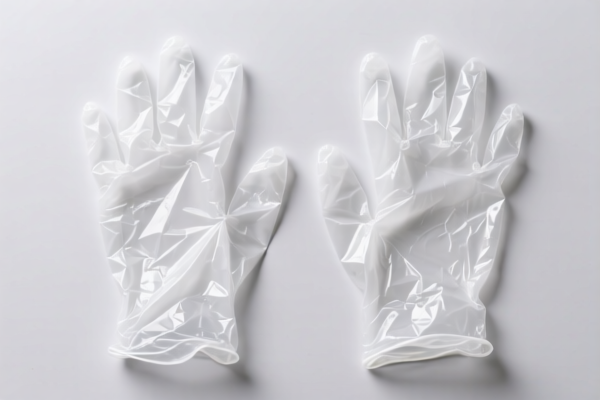| HS Code | Official Doc | Tariff Rate | Origin | Destination | Effective Date |
|---|---|---|---|---|---|
| 9601908000 | Doc | 41.2% | CN | US | 2025-05-12 |
| 9606308000 | Doc | 61.0% | CN | US | 2025-05-12 |
| 6114909070 | Doc | 35.6% | CN | US | 2025-05-12 |




Boxing Glove
Boxing gloves are padded mitts used in boxing and combat sports, designed to protect the hands, wrists, and face of the wearer, as well as their opponent.
Material
- Outer Shell: Typically constructed from leather (cowhide being common for durability and professional use, synthetic leather for cost-effectiveness and vegan options) or vinyl.
- Padding: Multi-layered foam is the primary cushioning material. This often includes a combination of:
- EVA Foam: Provides shock absorption.
- Gel: Offers additional impact reduction.
- Horsehair/Foam Combination: Used in higher-end gloves for superior comfort and structure.
- Lining: Moisture-wicking fabrics like polyester or nylon are used to keep the hands dry and comfortable.
- Closure: Velcro straps are standard for ease of adjustment, though traditional lace-up gloves are still used in professional settings.
Purpose
The primary purpose of boxing gloves is to reduce the impact of punches. While they don't eliminate injury entirely, they significantly lessen the risk of:
- Hand Fractures: Protecting the metacarpals and other bones in the hand.
- Skin Lacerations: Preventing cuts and abrasions on the knuckles and hands.
- Facial Injuries: Reducing the severity of cuts, bruises, and fractures on the opponent's face.
Function
Boxing gloves function by:
- Impact Distribution: Spreading the force of a punch over a larger area.
- Cushioning: Absorbing a portion of the energy from the impact.
- Wrist Support: Providing stability to the wrist joint, preventing hyperextension or other injuries.
- Knuckle Protection: Adding padding to protect the knuckles from direct impact.
Usage Scenarios
- Boxing Training: Sparring, bag work, mitt work, pad work.
- Boxing Competition: Mandatory equipment for sanctioned boxing matches.
- Kickboxing/Muay Thai: Used in some styles of kickboxing and Muay Thai, often with a lighter weight.
- Fitness Boxing: Popular for cardio and strength training.
- Self-Defense Training: Used in some self-defense courses to practice striking techniques.
Common Types
- Bag Gloves: Designed for heavy bag work, with a focus on durability and wrist support. Often have a more streamlined shape. Weight typically ranges from 12-16oz.
- Sparring Gloves: Feature thicker padding for increased protection during sparring sessions. Typically 14-16oz.
- Competition Gloves: Conform to specific weight and size regulations set by boxing organizations. Typically 10oz for professionals, 8-10oz for amateurs.
- Velcro Gloves: Most common type, easy to put on and take off.
- Lace-Up Gloves: Traditional style, offering a more secure fit but requiring assistance to put on and take off.
- All-Purpose Gloves: Versatile gloves suitable for a variety of training purposes.
- Youth Gloves: Smaller sizes designed for children and teenagers.
Based on the provided information, identifying the precise HS code for "boxing glove" requires careful consideration of its material composition. Here's a breakdown of potentially relevant HS codes:
-
9601908000: This code covers “Worked ivory, bone, tortoise-shell, horn, antlers, coral, mother-of-pearl and other animal carving material, and articles of these materials (including articles obtained by molding): Other”. If the boxing glove incorporates any of these materials in its construction (e.g., decorative elements, reinforcement), this HS code may be applicable. The total tax rate is 41.2%, comprised of a 3.7% base tariff, a 7.5% additional tariff, and a 30% additional tariff effective after April 2, 2025.
-
6114909070: This code covers “Other garments, knitted or crocheted: Of other textile materials: Other Other”. If the boxing glove is constructed primarily from knitted or crocheted textile materials, this HS code could be relevant. The total tax rate is 35.6%, consisting of a 5.6% base tariff and a 30% additional tariff effective after April 2, 2025.
It is important to note that the final HS code determination depends on the specific materials used in the boxing glove's construction. If the boxing glove is made of leather or synthetic materials not covered by these codes, further investigation would be needed.
Customer Reviews
No reviews yet.